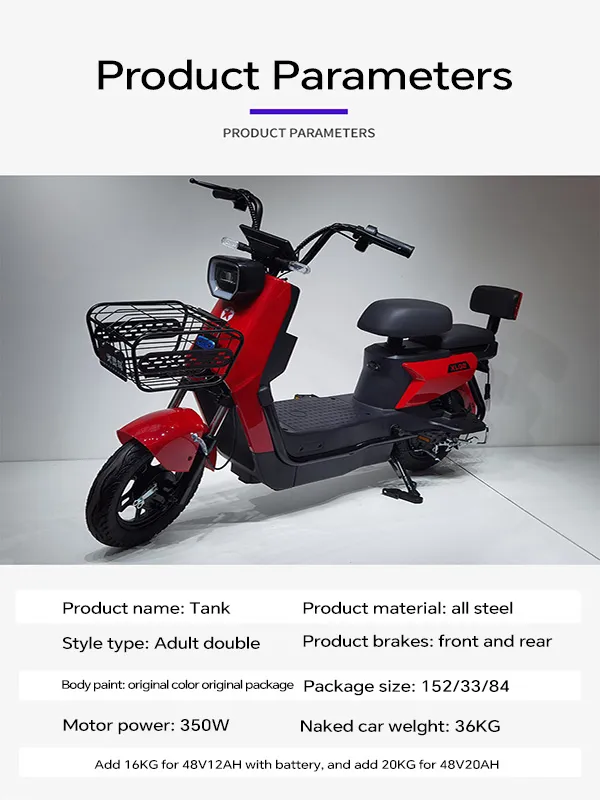Mar . 04, 2025 02:19 Back to list
how to adjust shimano rear derailleur on mountain bike


Fine-tuning the B-Tension is another aspect for optimal performance. The B-Tension screw adjusts the distance between the derailleur’s guide pulley and the cassette. Too close and the chain may rub against the cassette, too far and shifts can be inaccurate. Shimano recommends around a 5-6mm gap between the guide pulley and the largest cog. Use a screwdriver to adjust the B-Tension screw accordingly, ensuring just the right amount of clearance. Once these adjustments are complete, test your work. Take your mountain bike for a ride, simulating various conditions and gear changes. Listen for any unusual noise and feel for any resistance during shifting. A perfectly adjusted derailleur should provide crisp, smooth transitions without delay or noise. To maintain this state of tuning, regular inspection and maintenance are crucial, especially after rides on rough terrain, which can impact alignment and cable tension. Implement this routine check-up as part of your cycling practice. By understanding the intricacies of your Shimano rear derailleur and maintaining its optimal settings, you not only enhance your riding experience but also extend the lifespan of your drivetrain components. Trust the tried-and-true techniques from experienced cyclists for a reliable ride every time.
-
In-Depth Guide to Ebike Frames: Design, Use & Future Trends
NewsNov.25,2025
-
Discover Top E Bike Brand Insights, Specs & Future Trends | Yanline Bike
NewsNov.24,2025
-
Green E Bike – The Future of Sustainable Urban Mobility
NewsNov.24,2025
-
Ruffian eBike: Durable, Efficient Electric Bikes for Modern Mobility
NewsNov.23,2025
-
Comprehensive Guide to the Global E Bike Market and Future Trends
NewsNov.23,2025
-
Understanding Electric Bicycle Range: A Complete Guide for Smarter E-Bike Use
NewsNov.22,2025
-
Ceron Electric Bike – Efficient, Sustainable Urban Mobility Solutions
NewsNov.22,2025




